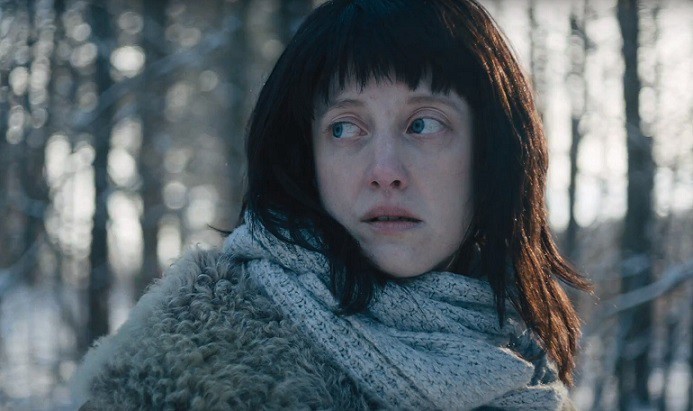By now we have all heard the statistics. The film industry is facing a crisis of inclusion.
According to research by the Media, Diversity and Social Change Initiative at USC Annenberg, less than 20% of last year’s television episodes were directed by women and of the 1,300 top-grossing films from 2002 to 2014, only 4% of the directors were female. That puts the ratio of male to female directors at just over 23 to 1.
As the founder of Film Fatales, a peer mentoring organization and support network for women feature directors, I have seen firsthand many of the obstacles that female filmmakers face. There is a perception that movies by women are niche stories for a limited audience. Film is a risk averse business and financiers tend to want “proven” directors, who are much more likely to be white men. While there is no shortage of talented women directors ready to work, they do not have equal opportunities or the same access to financing as their male colleagues.
Film Fatales offers a grassroots solution towards increased gender parity by providing a structure for peer mentorship and creating a platform of visibility for women directors. Every month, Film Fatales hosts meetings for hundreds of feature film directors in New York City and Los Angeles, along with dozens of sister cities around the world. Women directors meet in local groups to share resources, collaborate on projects and build a community in which to get their films made and seen.
These efforts have led to launching numerous programs to support women filmmakers at various stages of their careers, including panel discussions, workshops, master classes and more. Film Fatales has compiled a vast database of films directed by women which are available for booking and works closely with film festivals and theater programmers to present more work by women in their lineups. Production companies and independent producers regularly reach out to Film Fatales for recommendations of women directors to hire for specific projects.
The media shapes who we are as a culture and how we view others. Film and television teaches us to empathize with perspectives outside of our own, and the more stories on screen that reflect the diversity of the world around us the better. Gender bias in the film industry is an institutionalized problem and thus requires a systemic solution. It is not enough for those in power to say, “Well, we would like to work with more women directors but we just couldn’t find any who were available.” This is simply untrue — of course there are women directors available. If you are looking for a female director, you can check us out.
The gatekeepers in the film industry need to work actively against their own passive bias to give women directors the same opportunities as men. Some are starting to do so. YouTube and Refinery29 have both launched initiatives to fund content created by women. Gamechanger Films and newly launched We Do It Together focus on financing projects with women at the helm. J.J. Abrams recently announced that any list of directors considered by his production company Bad Robot will be required to include equal numbers of male and female candidates.
Hopefully more companies will set similar “inclusion goals” in the days ahead. Until then, Film Fatales will continue to raise the voices of women directors and increase the talent pool to draw from. Through both a top-down and a bottom-up approach, we can join forces to create more opportunities for female directors and begin to close the gender gap in film.







